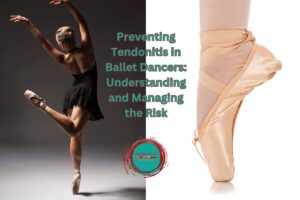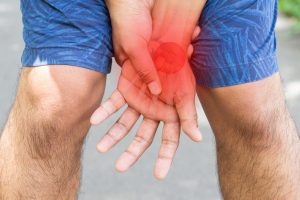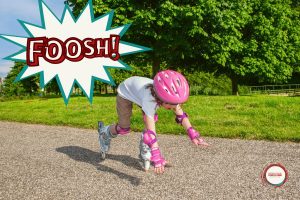This October sees BackCare awareness run a theme entitled ‘back pain in education’ to highlight the importance of educating children the importance of looking after their backs.
 Back pain continues to be one of the biggest medical expenses faced by the NHS, one of the main reasons people go to their GP and one of the main reasons people take time off work.
Back pain continues to be one of the biggest medical expenses faced by the NHS, one of the main reasons people go to their GP and one of the main reasons people take time off work.
It is also the musculoskeletal condition associated with the highest level of fear and anxiety (people worry about back pain more than any other pain) and with the highest reported levels of disability.
Yet it is still accepted that 95% of back pain is not caused by specific structural pathology or medical illness.
Despite that, many people still associate back pain as being a disabling problem that gets worse with age, that can prevent you from working or being active and can lead you to reduced mobility or even leave you in a wheelchair. None of this needs to be true.
The biggest problem we have with back pain today is that it still is not well understood by those who have it or even those healthcare professionals who try to manage it.
 Back pain is a multimillion pound industry full of myth and misconception. And despite various new fads to try to combat it, back pain related disability continues to increase.
Back pain is a multimillion pound industry full of myth and misconception. And despite various new fads to try to combat it, back pain related disability continues to increase.
Most back pain is benign and often caused by simple lifestyle issues and complicated by negative beliefs and over protective behaviours as a result.
Increasing awareness of the true nature of the problem can only help. As long as we provide the correct information that increases people’s confidence in their back leading to more positive and effective behavioural/lifestyle changes.
The key messages we should be giving children (and parents):
- Backs are strong and very capable of dealing with high physical demands. Trust your back.
- Physical exercise protects backs against back pain.
- Sitting related back pain is more related to how long you spend doing it without movement than how you sit. Move- backs love movement and variety of movement.
- Upright postures are not ‘normal’ or necessary and have a higher association with pain than relaxed sitting. Don’t force children to ‘sit up straight’. There has never been any good evidence to suggest slump sitting causes back pain.
- Back pain is not genetic/inherited so just because a parent has pain doesn’t mean a child must. BUT, importantly back pain can be learned. You are more likely to have back pain if a parent has struggled with back pain but this is not because of structural pathology but through psychosocial/learned behavioural factors.
- The biggest predictors of back pain are depression, stress, anxiety, poor sleep, lack of physical exercise (movement), low variability in position or activity.
- Sleep is important. Poor sleep in adolescents predicts future back pain. The same is true of stress. Too much stress and not enough sleep sensitise the nervous system and make us more pain sensitive. So managing stress and sleep is important.
- The biggest risk of back pain not resolving is low confidence based on negative beliefs in the structure of your back leading to tense and guarded postures and movement and over protection.
The bottom line is, if we are happy, not stressed, physically active, sleep well and are fit for the demands we are placing on our backs the chances of us suffering with back pain are very much diminished.





Comments